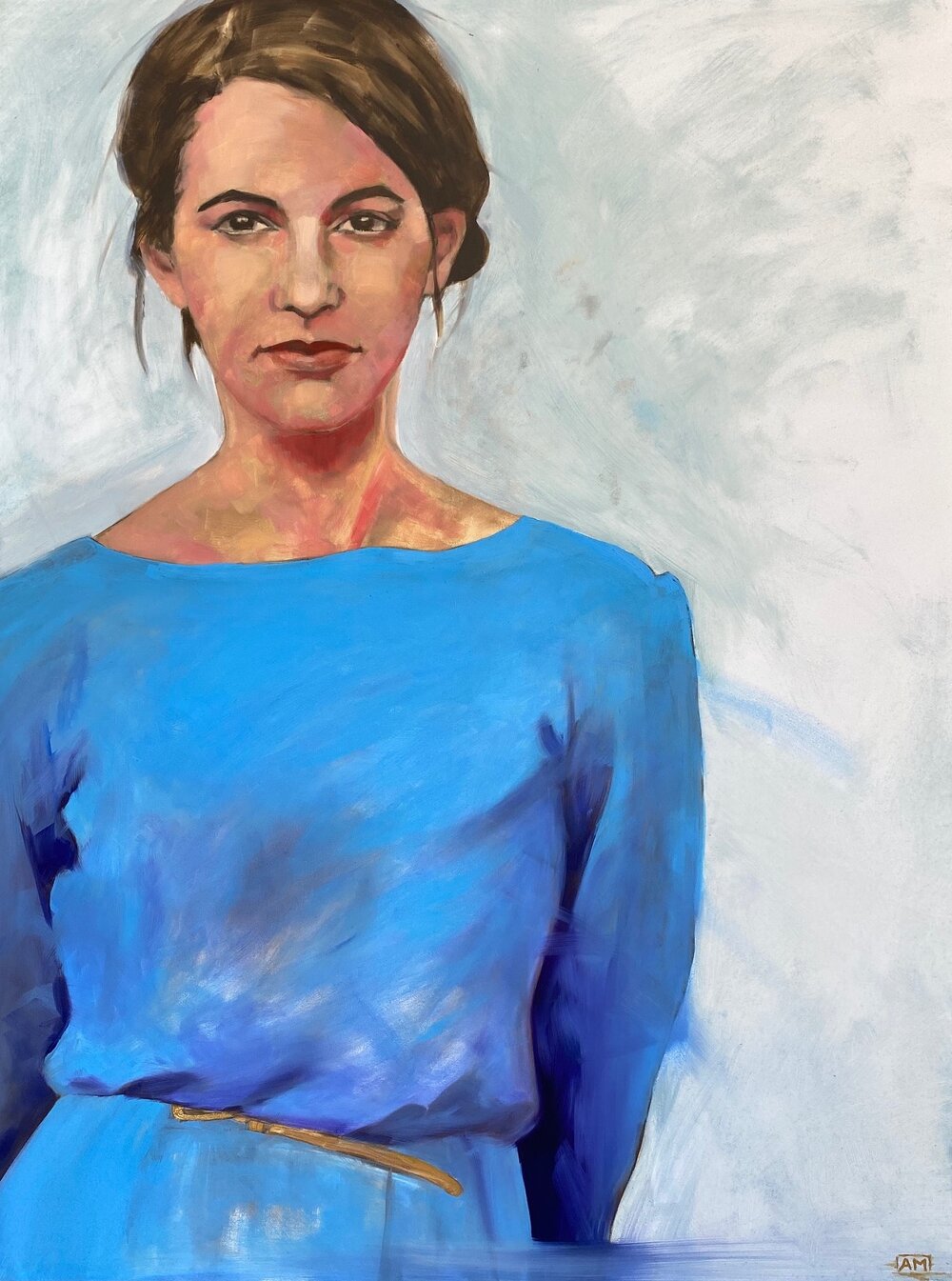A Journey With the World of Figurative Oil Painting: Discovering the Unique Features and Psychological Deepness of the Medium

History of Metaphorical Oil Paint
Emerging throughout the late Center Ages and prospering throughout the Renaissance, figurative oil painting has an abundant background that mirrors both artistic innovation and cultural evolution. Oil paints were made use of in Europe as a method to boost the luminosity and depth of color in artworks. Artists such as Jan van Eyck pioneered the medium, showing its possible to record complex information and structures, thus enabling a more lifelike depiction of the human kind.
As the Renaissance advanced, distinguished figures like Leonardo da Vinci and Michelangelo expanded the borders of metaphorical oil painting. They emphasized physiological precision and point of view, creating jobs that shared emotion and narrative depth. The tool's convenience enabled for testing with light and shadow, bring about the growth of chiaroscuro methods that further improved the aesthetic experience.
Distinct Attributes of the Medium
The advancement of figurative oil painting has actually been considerably affected by the distinct features of the medium itself. Oil paint, composed of pigments put on hold in oil, provides musicians an exceptional flexibility that enables a large range of coatings and textures. Its slow-moving drying time makes it possible for precise mixing and layering, which can create deepness and luminosity unattainable in other tools.
Furthermore, oil paint's abundant pigmentation supplies vibrant colors that keep their intensity gradually. This characteristic is vital in figurative painting, where recording the nuances of skin tones and psychological expressions is paramount. The capability to attain subtle slopes and soft transitions enhances the realistic quality of topics, allowing artists to share complex emotions.
Furthermore, oil paint sticks well to numerous surfaces, such as timber, steel, and canvas, broadening the range of imaginative expression. The medium's flexibility sustains various approaches, from in-depth realistic look to expressive brushwork, allowing musicians to discover their individual designs.
Ultimately, the unique buildings of oil paint not just improve the aesthetic experience however likewise empower artists to connect extensive stories, making figurative oil painting a deeply evocative art kind.
Styles and techniques Employed
Within the world of metaphorical oil painting, artists use a varied variety of methods and styles that add to the deepness and splendor of their work. One prominent strategy is polishing, where clear layers of paint are used over dried layers, allowing light to mirror and permeate, improving luminance and deepness. This approach is often made use of to attain a sense of realistic look and intricacy in skin tones.
An additional technique is impasto, where thick layers of paint are used with a combination knife or brush, producing a textured surface that adds a three-dimensional quality to the paint. This style can stimulate a visceral feedback, attracting the viewer in via its tactile nature.
Musicians also discover different brushwork designs, from fine, detailed strokes that catch intricate functions to broader, a lot more expressive strokes that share movement and feeling (figurative oil painting). The choice of color scheme substantially influences the general mood of a piece, with cozy tones commonly passing on sensations of comfort and great tones suggesting sorrowful
Moreover, the assimilation of chiaroscuro, the contrast between light and darkness, allows musicians to create remarkable effects that boost the narrative quality of their job. Each technique and design is thoroughly chosen to elevate the customer's experience and understanding.
Emotional Depth in Metaphorical Art
Emotional article depth works as a cornerstone in figurative art, permitting artists to go beyond mere depiction and involve viewers on a profound degree. This emotional resonance is commonly achieved with the nuanced representation of human figures, expressions, and interactions. Artists harness the power of light, shadow, and color to evoke feelings that resonate deeply with the audience, producing a natural link to the subject.
In metaphorical oil paint, the detailed layering of paint can mirror the complexities of human feeling. The selection of scheme, whether cozy or cool, plays a vital function in establishing the state of mind and environment of a piece. Softer tones might evoke serenity and introspection, while bold, different shades can connect tension and dramatization.

Influential Artists and Their Works
Many influential musicians have substantially shaped the landscape of metaphorical oil paint, each contributing one-of-a-kind point of views and techniques that proceed to inspire modern creators. Amongst these musicians, Lucian Freud stands apart for his extreme psychological deepness and raw portrayal of the human type, often blurring the lines in between charm and degeneration. Freud's jobs, defined by thick, impasto brushstrokes, welcome audiences to challenge the complexities of identity and susceptability.

In A Similar Way, Andrew Wyeth's thorough realistic look in items like "Christina's Globe" catches extensive narratives within relatively easy structures. His use light and shadow evokes a sense of nostalgia and emotional vibration, attracting customers right into the intimate worlds he depicts.
In the realm of contemporary art, Kehinde Wiley has actually obtained acknowledgment for his dynamic, epic pictures that challenge conventional notions of depiction. By positioning people of color in contexts evocative timeless portraiture, Wiley's work redefines the canon of art background.
These musicians, together with others, have not only enriched metaphorical oil painting but have actually likewise broadened the dialogue bordering culture, feeling, and identity, making sure that the medium remains an essential type of expression in the art world. figurative oil painting.
Verdict
In you can look here verdict, figurative oil painting continues to be a powerful medium that envelops the intricacies of human emotion with its abundant pigmentation and flexible strategies. The journey with metaphorical oil painting reveals its enduring significance in the art world.
The expedition of metaphorical oil painting uses a profound insight right into the interplay of strategy, emotion, and historic context that defines this venerable tool. Oil paint, made up of pigments suspended in oil, uses artists an impressive adaptability that allows for a vast variety of textures and surfaces.Within the realm of metaphorical oil paint, artists utilize a varied selection of techniques and styles that add to the depth and richness of their work.Many influential musicians have considerably formed the landscape of metaphorical oil paint, each adding distinct point of views and methods that proceed to inspire contemporary designers.In verdict, metaphorical oil painting stays an effective medium that encapsulates the complexities of human emotion through its rich coloring and functional strategies.